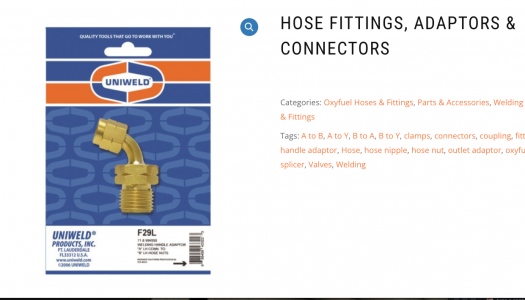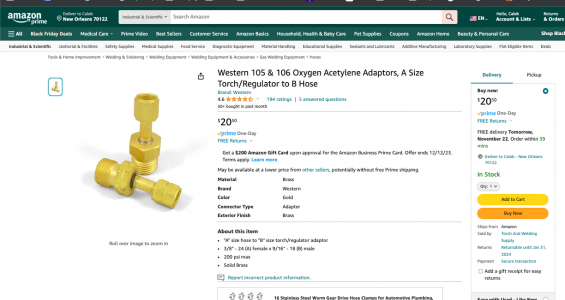Please do not take the following the wrong way but, I am a bit sinsitive to the terminologies used, they really do have meaning in the real world.
I get your point; but, you continue to use 200CF which means very little, If you want 200SCF of gas the actual size of the cylinder will vary based upon the cylinder pressure and gas.
Please note, in the industrial gas world which includes welding cylinders that:
ACF sometimes refered to as water volume stands for "Actual Cubic Foot" which is the physical internal volume of the vessel/tube/cylinder/bottle.
SCF is the uncompressed volume of a compressible fluid such as Oxygen and stands for "Standard Cubic Foot"; therefore, 200 SCF will compress into a small ACF but it is still 200 SCF.
A large cylinder is a 3AA-2400 which is 9" OD x 55" tall and it has a water volume of 1.7ACF +/-, with Oxygen that cylinder at 2400 PSI will hold 174.92 SCF per ACF or a total of 297.36 SCF. As a comparison the same cylinder same pressure full of Nitrogen is 159.48 SCF per ACF or 271.12 SCF total cylinder volume. Now, if you can find a cylinder of this ACF in a 3500 PSI full of Nitrogen is 220.263 SCF per foot or 374.45 SCF total cylinder volume.
With all of that said, the 3AA-2400 cylinder is a fairly large welding bottle and expensive for what a hobbiest needs, the 3AA-2265 is the bottle(s) that I have and I think you are talking about, this bottles full pressure is 2265 PSI at 1.3 ACF +/-, with Oxygen that cylinder will hold 163.99. SCF per ACF or a total volume of 213.2 SCF and is common and inexpensive relativly speaking.
Just as a side note for those who actually read all of this, Compressors use CFM "Cubic Feet Per Minute" to tell us how much SCF of volume they move, not a true volume of storage, the compressor tanks or recievers are typically rated in gallons which is uncompressed volume (water volume) which means a 15 gallon reciever is actually 2 ACF and at 120 PSI holds 7.928 SCF per ACF or 15.86 ACF total; so, A little more than 1 SCF per gallon....




